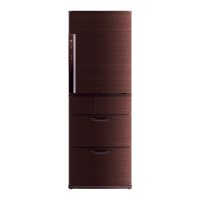
Do you have a question about the Mitsubishi MR-BX52W-N-P and is the answer not in the manual?
| Brand | Mitsubishi |
|---|---|
| Model | MR-BX52W-N-P |
| Category | Refrigerator |
| Language | English |
Enables power-saving operation by automatically adjusting compartment temperatures for optimal performance.
Reduces compartment operation to actively save power, suitable for ice making and versa compartments.
Indicates the refrigerator's eco-level over 24 hours based on temperature settings and door openings.
Allows shelves to be moved up or down without removing food, accommodating tall items.
Freezes food to preserve taste and texture, allowing easy cutting after freezing without thawing.
Explains danger and degree of danger associated with handling indicators and symbols.
Guidelines for safe use of the power plug, cord, and dedicated outlets to prevent hazards.
Precautions for safe installation, anchoring, and moving the refrigerator to prevent injury.
Safety guidelines during operation, including avoiding water and electrical appliances inside.
Safety measures during malfunctions, unplugging, and preparing for long-term storage.
Safe procedures for recycling the refrigerator, including removing door seals.
Important cautions regarding touching food with wet hands and placing items.
Recommendations for placing the refrigerator in a suitable location with proper ventilation and space.
Instructions for connecting the power supply using a dedicated outlet for optimal performance.
Ensuring proper grounding and avoiding extension cords for electrical safety.
Adjusting supports to prevent vibration, noise, and ensure doors close properly.
Instructions for installing the adjustable support cover stored inside the refrigerator.
Steps to anchor the refrigerator securely to prevent tipping during earthquakes.
Guidance on storing food in the main refrigerator compartment.
Recommendations for storing dairy products, processed foods, and fresh food in the chilled compartment.
Information on automatic ice making and storing items related to it.
Guidance for storing food for supercool freezing or soft freezing in the versa compartment.
Tips for storing food for long-term preservation in the freezer compartment.
Best practices for storing vegetables and fruits to maintain freshness.
Explains how the ECO GUIDE displays the refrigerator's energy-saving performance.
Details on using the ECO MODE and Power Save Mode buttons for energy efficiency.
How to select specific compartments on the operation panel for setting adjustments.
Understanding the display area that shows compartment settings and operational status.
How to use the button to adjust the temperature for each compartment.
Using the button to activate supercool freezing or fast cooling functions.
Step-by-step guide for operating the versa compartment with soft freezing settings.
Explanation of how the door alarm and interior light function when doors are open.
Troubleshooting indicator for demonstration mode or potential issues.
Detailed guide on setting temperatures for refrigerator and vegetable compartments across 5 levels.
Guide for setting temperatures in the freezer compartment across 5 levels.
Explains the differences in storage time and usage between SOFT FRZ and FZR modes.
Guide for setting temperatures in the versa compartment across 6 levels for various food types.
Instructions on how to cancel the fast cooling function before it automatically stops.
How to cancel the supercool freezing process mid-operation.
Explanation of the supercool freezing process and its benefits for food quality.
Recommendations on suitable containers and wrapping materials for effective freezing.
Guidelines for supercool freezing hot foods like rice and curry to preserve moisture.
Methods for storing meat and fish using soft-freezing for optimal texture and preservation.
Instructions on correctly placing food in the versa compartment for accurate temperature sensing.
Simple recipes for fruit juice, frozen fruits, yogurt, and smoothies using supercool freezing.
Identification of foods that cannot or should not be supercool frozen.
How to select regular ice making, quick ice making, or stop ice making modes.
Information on ice cube size, quantity, and factors affecting quick ice making.
Important notes regarding the correct installation and operation of the ice tray.
Procedure for stopping ice making and emptying water/ice for extended periods.
Instructions for activating Eco Mode for automatic energy-saving operation.
Explanation of the ECO GUIDE's star rating system for energy efficiency.
Tips on how to improve the refrigerator's energy efficiency through usage habits.
How to check which compartments are currently operating in power-saving mode.
Activating Power Save Mode to reduce freezing capability for energy savings.
Guidance on suitable food items for storage in Power Save Mode.
How to return all settings to their initial state as purchased.
Activating the child safety lock to prevent accidental operation of the control panel.
Procedure to disable the child safety lock.
Details on the LED interior light and the two-way flexishelf.
Information on small item cases, egg shelf, and bottle pockets within the compartment.
Specific compartments for chilled eggs and slide chilled items.
Instructions on how to adjust the AUTO shelf, two-way flexishelf, and adjustable pockets.
How to adjust the space between shelves using the AUTO shelf lever.
Adjusting the two-way flexishelf for wide use or to store taller items.
How to adjust the position of the pockets for flexible storage.
Important safety and operational notes for the automatic ice maker.
Step-by-step instructions for cleaning the water tank and its lid.
Procedure for cleaning the water supply pipe and tank holder assembly.
Instructions for removing, emptying, washing, and reinstalling the ice tray.
Detailed steps for cleaning the tank pipe, water supply pump, and filter components.
Correct procedure for reassembling the water supply pump and tank pipe.
Proper method for inserting the tank pipe into the water tank.
Instructions for removing and cleaning the AUTO shelf and its components.
Steps for safely removing the two-way flexishelf.
How to remove the slide chilled case and small item cases for cleaning.
Procedure for reinstalling adjustable pockets and bottle pockets.
Steps for reassembling components in the ice making and versa compartments.
Instructions for reassembling the freezer and vegetable compartment drawers.
Guidance on cleaning the rear panels, walls, floor, and checking for water.
How to reattach the adjustable support covers after cleaning.
Recommended actions during a power outage to minimize food spoilage.
Steps for safely moving and changing the orientation of the refrigerator.
Procedure for preparing the refrigerator for extended periods of non-use.
Detailed instructions for safely transporting the refrigerator, e.g., during a move.
Troubleshooting steps for a rapidly blinking indicator, suggesting an inspection is needed.
Troubleshooting for an continuously sounding alarm, checking doors and potential inspection.
Information on the demonstration mode where the refrigerator does not cool.
Procedure to cancel the demonstration mode and restore normal operation.
Detailed guide on fine-tuning temperatures for refrigerator, freezer, and versa compartments.
Steps to diagnose and resolve issues with the refrigerator not cooling or making little ice.
Explanation for the outer walls heating up, which is normal for heat dissipation.
Troubleshooting steps for strong odors on food or ice, related to cleaning and storage.
Diagnosing and resolving issues with a warm water tank or supply pipe.
Troubleshooting food freezing unexpectedly in the refrigerator or vegetable compartments.
Addressing issues where food in the versa compartment melts unexpectedly.
Troubleshooting steps when the supercool freezing indicator does not light up.
Diagnosing why supercool frozen food might not taste good.
Troubleshooting problems with adjusting the temperature, indicated by '?'.
Diagnosing door alarm sounds and interior light behavior.
Troubleshooting the blinking display on the operation panel.
Addressing issues where refrigerator doors open too easily.
Troubleshooting problems with refrigerator doors not closing securely.
Addressing condensation and frost formation inside the refrigerator and freezer compartments.
Troubleshooting causes for water dripping onto the floor.
Preventing noise interference with televisions or other devices.
Identifying and understanding normal and abnormal operating noises of the refrigerator.


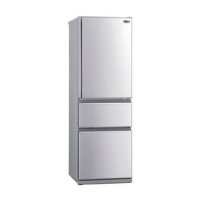

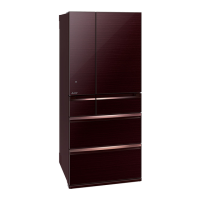
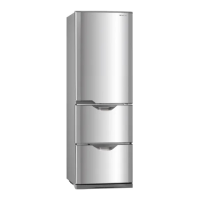
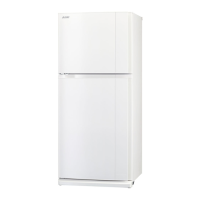
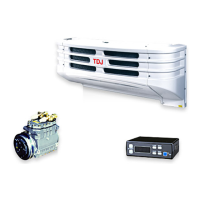

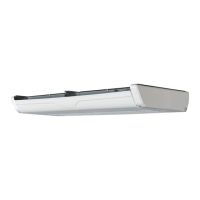

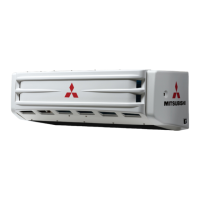
